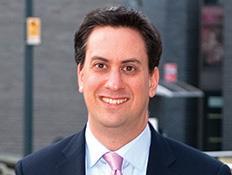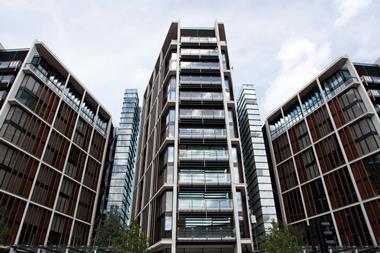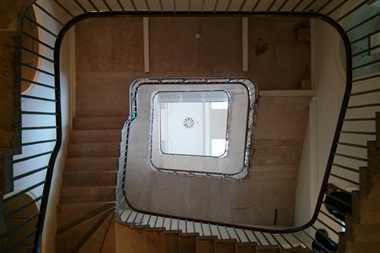Ed Miliband’s Labour conference speech, delivered without notes, was derided when it emerged he had “forgotten” to mention the deficit - but the question is how much thought Labour put into the headline policy announcement, the long-threatened mansion tax. He said it would be a tax on homes worth over £2m to fund the NHS to the tune of £1.2bn a year.
And what were the details? Errr… those were the details.
The key factors in working out what this will cost individuals were still missing, possibly because Labour had not figured them out. First, how many properties would the tax apply to? Zoopla reckons 108,000 homes, meaning the average annual charge per household will be £11,111. The second issue — what sort of bands different percentage rates will be applied at — is still anyone’s guess.
For households that could be described as the “upper middle” market, the levy is a double whammy on top of Stamp Duty at 7% and could provide a significant dampener on prices and transaction volumes. The tax will also be predominantly London-centric. Zoopla reckons 88% of the target properties lie in the capital. This makes a mockery of the “mansion” label: £2m might buy you a four or five bed home in Wandsworth. Desirable, but hardly Downton Abbey.
It will inevitably have an impact on house prices around the £2m mark. Observe the impact of the raising of Stamp Duty to 7% at this threshold: a scan of the price comparison websites shows a lot going for £1,950,000 and from £2.1m upwards but very little in between. But that reflects a one-off charge, whereas the mansion tax would be levied every year.
The real impact should be on highly geared households that could be described as “asset- (but in reality debt-) rich but income-poor”. Anyone in this category within a country mile above the £2m threshold will take a sharp intake of breath, especially if they aspire to put their kids through private schooling. Savills plumps for a 10% fall in property prices immediately above £2m. My hunch is sellers who had aspired towards even £2.3m asking prices could be forced to mark them down to an increasingly congested ticket of £1,999,999.99p.
But properties below the threshold could take a hit. Those would-be sellers who would have been within touching distance of £2m, the “highly sought after” areas in the Streathams and Balhams (£1.75m-ish), would now face serious competition. A further rung down again, potential buyers in the “seriously-squeezed-middle” category would start getting nervous. What if their property outpaces a national price index and slithers above the threshold? Normally their house outpacing the market would have been the main topic of their dinner party chitchat, now it could be a serious financial blow. Or what if they spent a small fortune on an extension, resulting in another one being payable to HMRC?
But, fluffed lines or not, Miliband’s NHS pledge is likely to chime with voters and help his chances of entering Number 10. Given that prospect, anyone currently considering a purchase much above £1m will be sitting firmly on their hands as the election looms.
Alastair Stewart is building and property analyst at Progressive Equity Research






























No comments yet